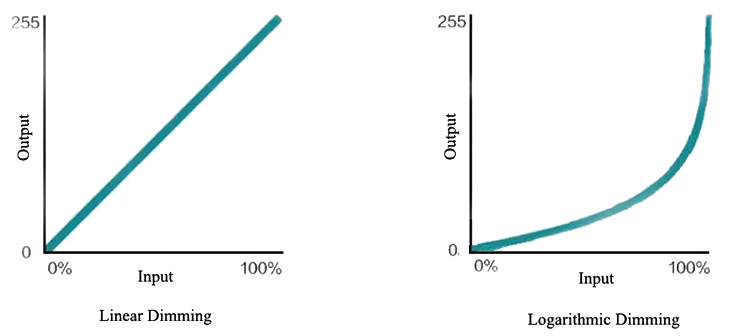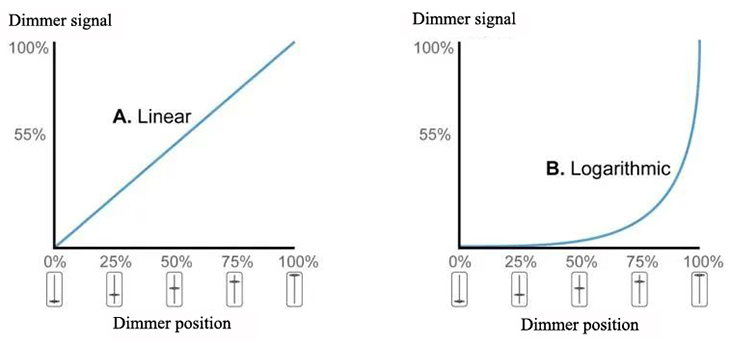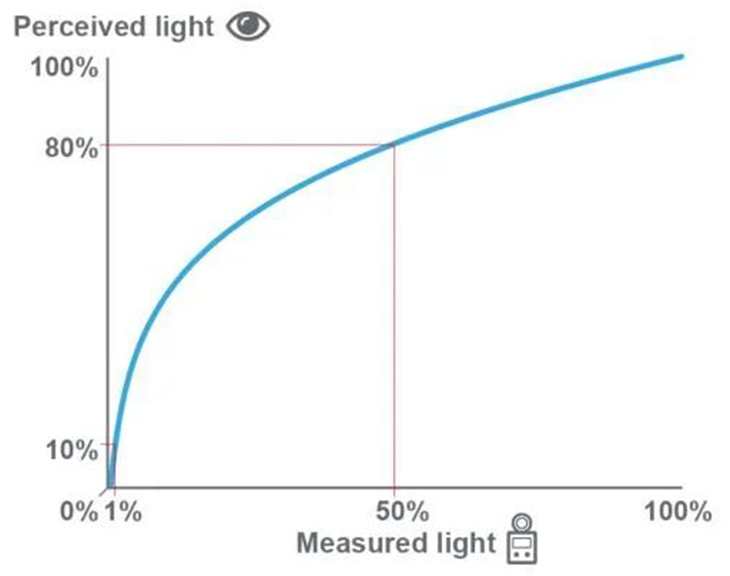What Are Dimming Curves
What Are Dimming Curves
The dimming curve is a parameter that the dimming device often enumerates. Generally speaking, a dimming device outputs light according to a predetermined function after receiving the input signal. This function image is the dimming curve. It is one of the important parameters of dimming equipment. It directly affects the effect of light output and is the embodiment of the performance of digital dimming equipment.
Types of the dimming curve
There are many dimming curves, and some devices have presets at the factory to support users to switch between different curves. Most dimming curves are very simple mathematical graphs, such as common functions, sine, cosine, square, cube, etc. These graphics are used in the built-in effects of the light control console, by superimposing, modifying, shifting, or creating new curves to obtain rich changes.
There are many kinds of dimming curves, but the two we have seen the most are the following two curves.

The LED dimming lighting circuit is composed of a dimmer or controller, driver, and lamp. To dim the light, move the slider or knob dimmer to send a signal to the driver. The driver converts this signal to the current supplied by the LED to adjust the brightness of the lamp.
In a linear dimmer, the signal that the dimmer sends to the driver is linear relative to the position of the dimmer slider. For example, if the dimmer is adjusted to 25% of its range, the signal to the driver will also be at 25%.
In a logarithmic dimmer, the signal to the driver changes slowly at lower dimming levels, and changes faster at the brighter end.

Since the sensitive area of the human eye to light is below 25%. This means that there is actually a difference between the light intensity we measure and the light intensity we perceive.

In the figure above, the horizontal axis shows the light output measured by the light meter, and the vertical axis shows the light output we perceive. At lower measured values, the brightness perceived by the human eye will be brighter than the actual test. For example, a measured light intensity of 1% is perceived as 10%. And 50% of the measured light has about 80% of the perceived brightness.
Same with dimmers, LED drivers can also be linear or logarithmic. In order to achieve perceptible linear dimming, the brightness of the LED must match the perception behavior of our eyes. For linear dimmers, logarithmic dimming curves should be used in the driver. For logarithmic dimmers, drivers with linear dimming curves should be used.
If you have any questions about LED dimming lighting products, welcome to contact us directly.

